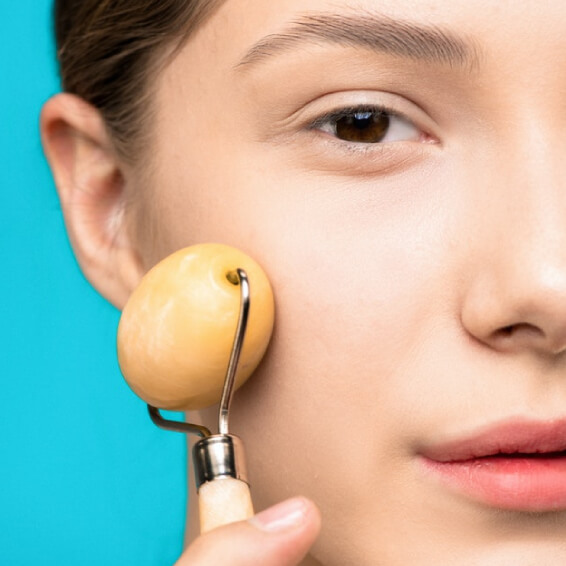Medical Dermatology
In our Medical Dermatology Clinic, our main goal is to help diagnose and treat common, uncommon, and rare skin diseases. Additionally, our medical dermatology clinic evaluates patients who may require surgical or laser services.
We pride ourselves on the ability to treat all diseases of the skin, hair, and nails.
Some of the more common skin diseases we treat are: Skin Cancer, Acne, Eczema, Psoriasis, Vitiligo, Contact Dermatitis, Acne Keloidalis Nuchae, Pseudofolliculitis Barbae, Hidradenitis Suppurativa, Alopecia Areata, Hair Loss, Melasma, Excessive Sweating, Warts, and more.
Please see the links for further information and patient handouts
Please note that patient handouts are password protected as they are meant only for current patients. They also do not represent medical advice and are meant to help guide a discussion with your physician.
Are you not seeing what you are looking for?
Check out patient information on the American Academy of Dermatology’s website here for information on more skin conditions - https://www.aad.org/public/diseases/a-z

Medical Conditions
It’s a real pain – but we can help make it go away!
There are 3 main causes of acne: clogging of pores, hormonal influences, and inflammation.
Read More
Acne scarring can be treated with a variety of modalities. Each patient will need a different collection of treatments to help them achieve their best results. This is because every type of acne scarring and skin type requires a slightly different approach.
Genetics, blocked hair follicles, and smoking are major causes
The most common cyst is the Epidermal inclusion cyst (EIC) – think Dr. Pimple popper and a bump that has a bunch of cheesy material in it.
Read More
It’s a good thing we all sweat. If we didn’t, we would not be able to regulate our body temperature. So some sweating is needed. Hyperhidrosis (hi-pur-hi-DROE-sis) is abnormally excessive sweating that’s not necessarily related to heat or exercise. Typically, it is deemed too much if it gets in the way of your normal activities, causes social discomfort, or emotional stress.
Read More
Eczema or atopic dermatitis is caused by a genetic pre-disposition to impaired skin barrier. Skin barrier dysfunction can be made worse by environmental factors like cold, dry weather, and by personal hygiene habits like frequent hand washing or sweating.
Read More
A typical fungal infection of the skin is caused by a dermatophyte (skin loving fungus). The most common being athletes foot – or “tinea pedis”. For the most part they do not cause any major medical issues unless someone is at risk for “superinfection” with bacteria (diabetics, immunosuppressed patients, etc.). Fungi live all around us, in our shoes, on our pets, on hard surfaces etc. Moist environments or breaks in the skin make getting a fungal infection more likely.
Read More
Melasma, also called ‘chloasma’ and ‘pregnancy mask’, is a common skin condition of adults in which brown or greyish patches of pigmentation (color) develop, usually on the face. The name comes from melas, the Greek word for black, or cholas, from the word green-ish.
Read More
A mole is also called a melanocytic nevus – yeah, we love complex words. A mole is just an island of melanocytes (cells that make skin pigment) that have grouped together.
Read More
A typical fungal infection of the skin is caused by a dermatophyte (skin loving fungus). The most common being athlete’s foot – or “tinea pedis”. For the most part they do not cause any major medical issues unless someone is at risk for “superinfection” with bacteria (diabetics, immunosuppressed patients, etc.). Fungi live all around us, in our shoes, on our pets, on hard surfaces etc. Moist environments or breaks in the skin make getting a fungal infection more likely.
Read More
Skin Cancer
The most dangerous of the common skin cancers. But not every mole is dangerous.
What is a mole?
A mole is also called a melanocytic nevus – yeah, we love complex words. A mole is just an island of melanocytes (cells that make skin pigment) that have grouped together. Read More

